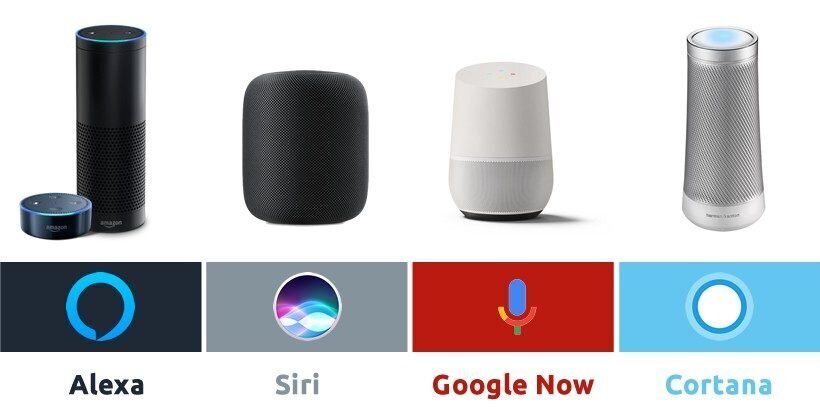Voice assistants have become an integral part of modern technology, leveraging advanced AI models to interact with users through natural language. These systems utilize several key technologies, including speech recognition, speech synthesis, and natural language processing (NLP), to provide seamless and intuitive user experiences.
Speech Recognition
Speech recognition, or automatic speech recognition (ASR), is the technology that converts spoken language into text. This process involves several stages:
- Voice Activity Detection (VAD): Determines when the user starts and stops speaking.
- Feature Extraction: Extracts useful audio features from the input speech signal.
- Acoustic Modeling: Maps the extracted features to phonemes, the distinct sounds in a language.
- Language Modeling: Transforms the sequence of phonemes into a sequence of words to form a full sentence[3].
ASR systems are crucial for voice assistants as they form the first step in understanding user commands. Errors at this stage can significantly impact the overall performance of the assistant.
Natural Language Processing (NLP)
NLP is a subfield of AI that enables computers to understand, interpret, and generate human language. It combines machine learning and computational linguistics to process spoken and written words. NLP in voice assistants involves two main components:
- Natural Language Understanding (NLU): Helps computers extract meaning, understand context, identify entities, and establish relationships between words.
- Natural Language Generation (NLG): Produces natural-sounding responses to user inputs[1].
NLP also includes intent classification, entity recognition, and entity resolution, which are essential for determining the user’s intent and providing accurate responses[3].
Speech Synthesis
Speech synthesis, or text-to-speech (TTS), converts text back into spoken language. This technology uses synthetic voices generated in real-time to dictate words or sentences. TTS systems are designed to mimic human speech, considering factors such as language, gender, age, and mood to provide a natural and personalized user experience[4].
Integration and Continuous Improvement
Integrating these technologies into a voice assistant involves several steps:
- Speech to Text (STT): Converts the user’s spoken input into text using ASR.
- Text Analysis: The text is passed to the NLP model for analysis.
- Response Generation: The NLP model processes the text and generates a response.
- Text to Speech (TTS): The response is converted back into speech and presented to the user[1].
Continuous improvement is essential for maintaining the performance of voice assistants. This involves regular updates, bug fixes, and incorporating user feedback to enhance accuracy and functionality[1].
Future Directions
The future of voice assistants lies in enhancing customer experiences through more sophisticated NLP models and multilingual capabilities. By overcoming language barriers and improving the accuracy of speech recognition and synthesis, voice assistants can reach broader demographics and provide more intuitive interactions[1].
Voice assistants are a testament to the advancements in AI, transforming how we interact with technology and making our devices more accessible and user-friendly.
Further Reading
1. How NLP Improves Multilingual Text-to-Speech & Voice Assistants
2. https://github.com/rishabhgupta03/Voice-Assistant
3. Robust NLP for voice assistants
4. Speech Recognition: How it works and what it is made of – Vivoka
5. (PDF) THE DEPTH OF NATURAL LANGUAGE PROCESSING ON SPEECH RECOGNITION SYNTHESIS MODEL


